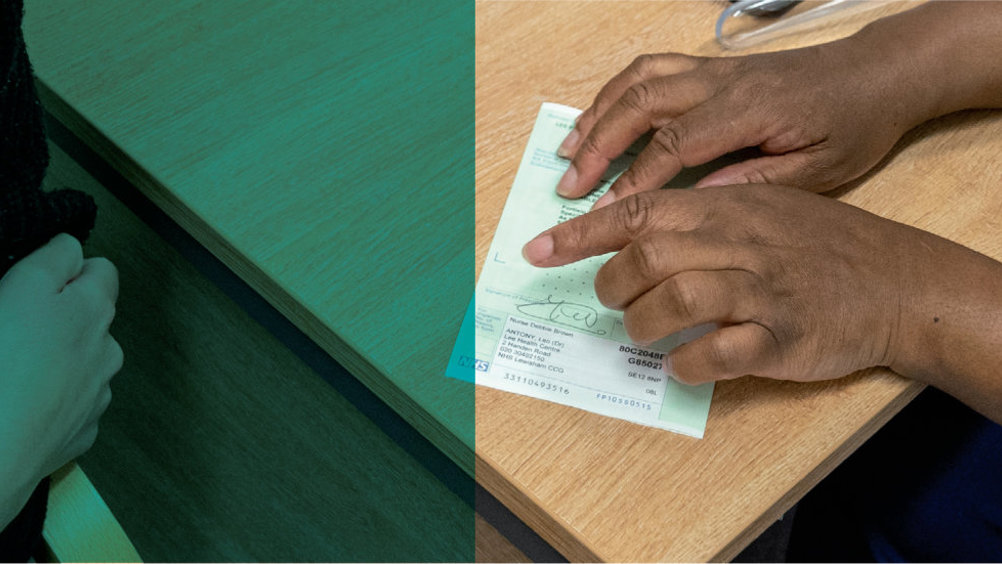References
Handwriting and medication errors

Abstract
This month, George Winter takes a look at how poor handwriting by prescribers can lead to medical error – examining the care healthcare workers must continually take to ensure patient safety
In 1964 the children's magazine Look and Learn held its first UK National Handwriting Competition, attracting some 250 000 entries (Look and Learn, date unknown). My primary school entered, and I won a £20 book token for finishing third in my age group. That long-forgotten Walter de la Mare poem, painstakingly scripted in italic with my Osmiroid fountain pen, marked the apogee of my calligraphic proficiency. Today, the inky deposits in my notebook, among which identifiable letters occasionally lurk, passes for handwriting.
Fortunately, I'm not a pharmacist because inaccurate and illegible handwriting, abbreviations, or incomplete prescriptions, ‘for example by omitting the total volume of solvent and duration of a drug infusion, can lead to misinterpretation by healthcare personnel. This can result in errors in drug dispensing and administration’ (Velo and Munoz, 2009). But even if inaccurate and illegible handwriting on medicine containers is replaced by printed instructions to patients, misunderstandings can occur, and at a time when COVID-19 regulations limit pharmacist-patient contact, the accuracy and concision of directions on prescription labels is especially important.
Register now to continue reading
Thank you for visiting Journal of Prescribing Practice and reading some of our peer-reviewed resources for prescribing professionals. To read more, please register today. You’ll enjoy the following great benefits:
What's included
-
Limited access to our clinical or professional articles
-
New content and clinical newsletter updates each month

